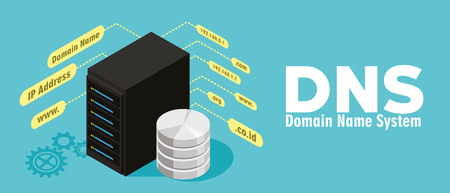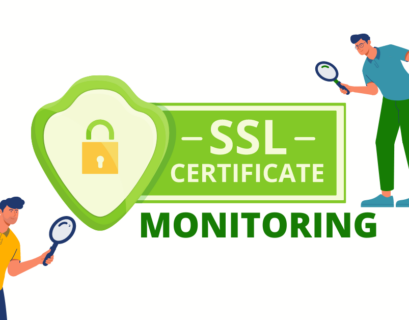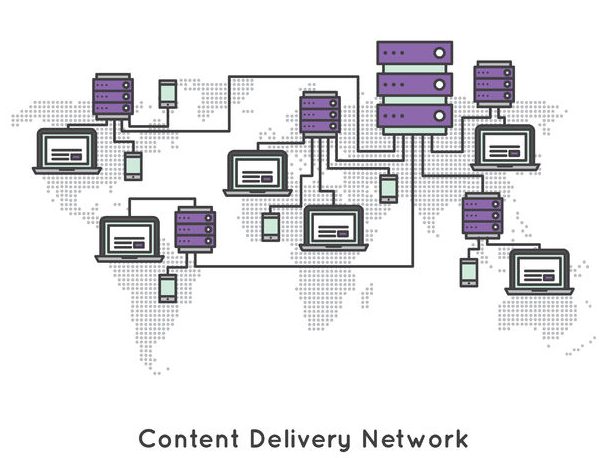What is IPv4? Everything you need to know
Nowadays, in this rapidly evolving global Internet world, we can’t skip the IPv4. It is the...
Looking for the Best Domain Registrar? Here’s What to Consider
Choosing the right domain registrar is one of the most important decisions you’ll make when building your online presence. Your domain...
TLDs for Domain Flipping: How to Choose the Best Extensions for Profitable Resales
TLDs for Domain Flipping play a crucial role in how easily a domain can be resold and at what price. When someone shops for digital real...
Drupal. Is it a good CMS?
Have you bought a domain and don’t know how to start your site? What platform should you...
Why do we need Managed DNS?
Managed DNS is a game-changer in today’s fast-paced digital world, where the Domain Name System (DNS) serves as the backbone of...
How to transfer your domain name?
Domain transfer is a straightforward procedure. People do it for different reasons: some are not happy with their current domain...
What is Ping command and how to use it?
What is Ping command? Ping is a very universal command between all the operating systems. You can...
The Crucial Role of SSL Certificate Monitoring in Ensuring Cybersecurity
SSL certificate monitoring is like a guardian that keeps our online interactions safe and secure. SSL certificates play a crucial role in...
AWS vs Azure vs Google. The battle for the cloud crown
AWS vs Azure vs Google, the three biggest cloud providers in the world. They all have a vast network of servers all over the world and many...
What is CDN (Content Delivery Network)?
Everybody uses CDN (Content Delivery Network). YouTube, Amazon, Netflix and many others are...










